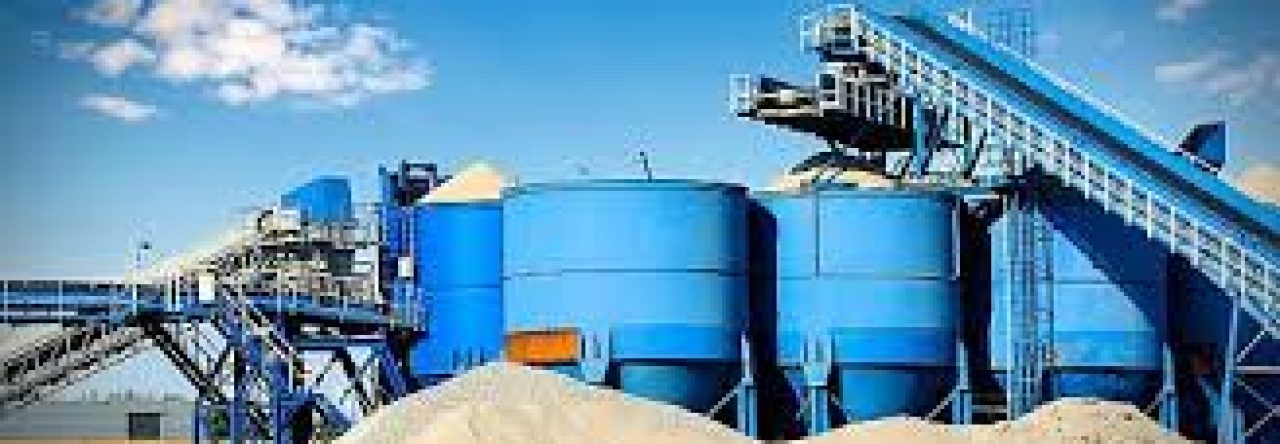Non-woven fabrics are versatile materials used in various industries due to their unique characteristics. The production process of non-woven fabrics involves several stages, including web formation, bonding, and finishing. Each stage has its own characteristics that affect the properties of the final product. In this article, we will explore the characteristics of the non-woven fabric production process, including its advantages and limitations. We will also provide examples of non-woven fabrics and their applications in different fields.
Introduction
Non-woven fabrics are widely used in various applications due to their unique properties, such as air permeability, water resistance, and durability. The production process of non-woven fabrics involves several stages that affect the final product’s properties. This article will explore the characteristics of the non-woven fabric production process, including its advantages and limitations.
Characteristics of the Non-Woven Fabric Production Process
The production process of non-woven fabrics involves three main stages: web formation, bonding, and finishing. Each stage has its own characteristics that affect the properties of the final product.
.jpg)
Web Formation:
Web formation is the first stage of the non-woven fabric production process, where fibers are formed into a web. The fibers can be bonded mechanically, chemically, or thermally. The web formation process affects the fabric’s strength, thickness, and weight. The web can be formed by different methods, such as carding, airlaid, or spun bonds. For example, spun bond non-woven fabrics are made by extruding molten polymer through spinnerets to form continuous filaments, which are then laid down on a conveyor belt to form a web.
Bonding:
Bonding is the process of fusing the fibers together to form a cohesive fabric. Bonding can be achieved through mechanical, chemical, or thermal methods. The bonding process affects the fabric’s strength, stiffness, and flexibility. Examples of bonding methods include needle punching, hydro entanglement, and meltblown. For instance, meltblown non-woven fabrics are made by melting polymer and blowing it into fine fibers, which are then collected on a conveyor belt and bonded by heat and pressure.
Finishing:
Finishing is the final stage of the non-woven fabric production process, where the fabric is treated to enhance its properties. Finishing can involve processes such as coating, lamination, or printing. The finishing process affects the fabric’s appearance, texture, and functionality. For example, non-woven fabrics can be finished with a water-repellent coating to make them waterproof.
-1024x684.jpg)
Advantages and Limitations of the Non-Woven Fabric Production Process
The non-woven fabric production process has several advantages, such as cost-effectiveness, flexibility, and sustainability. Non-woven fabrics can be produced in a variety of sizes, shapes, and colors, making them suitable for various applications. Non-woven fabrics are also eco-friendly, as they can be made from recycled materials and are biodegradable.
However, the non-woven fabric production process also has some limitations. Non-woven fabrics are generally less durable than woven fabrics, and their strength and stiffness may decrease over time. Non-woven fabrics can also be difficult to recycle due to the bonding process used to create them.
Examples of Non-Woven Fabrics and Applications
Non-woven fabrics are used in various industries, such as healthcare, automotive, and construction. Here are some examples of non-woven fabrics and their applications:
- Spunbond non-woven fabrics are used in disposable medical gowns, surgical masks, and hygiene products.
- Needle-punched non-woven fabrics are used in carpet backing, geotextiles, and insulation.
- Meltblown non-woven fabrics are used in air and water filtration, oil sorbents, and medical face masks.
- Airlaid non-woven fabrics are used in wipes, napkins, and tablecloths.
- Composite non-woven fabrics, such as laminates and composites, are used in automotive interiors, furniture, and packaging.
.png)
Conclusion
The non-woven fabric production process involves several stages that affect the properties of the final product. The web formation, bonding, and finishing stages all contribute to the fabric’s strength, durability, and functionality. Non-woven fabrics are widely used in various industries due to their unique properties, such as air permeability, water resistance, and durability. While the non-woven fabric production process has its advantages and limitations, it continues to be an important manufacturing method for producing versatile and sustainable materials.

Leave a Reply